Palestine in the Air: A History of Palestinian Aviation
especiales
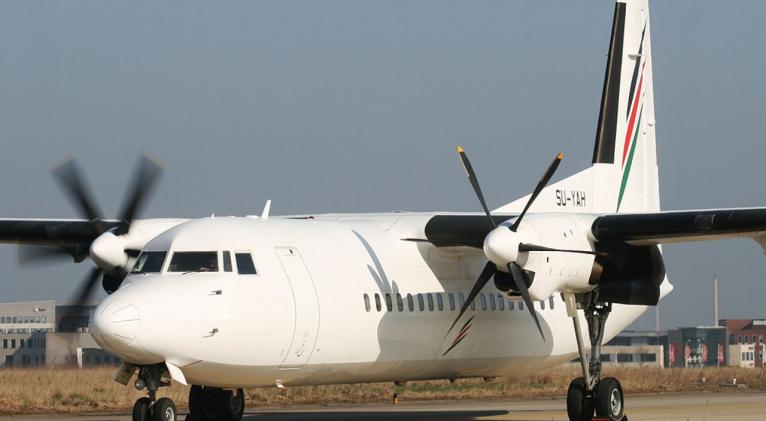
Israel’s elimination of Palestinians’ freedom of movement contrasts sharply with the freedom that aviation offers elsewhere in the world. “The greatest irony of flight is that it conferred progress and prosperity upon many, but also catalysed colonial expansion, economic exploitation, and brutal aerial warfare,” writes Chin-Chin Yap in the introduction to her book Palestine in the Air: A Cultural History of Palestinian Aviation (IB Tauris, 2025).
The book does not normalise aviation. On the contrary, Yap’s writing delves into Israeli colonial violence and imperialist warfare by presenting aviation as “an indispensable handmaiden of war”. Looking at the early history of aviation, the book shows how British colonialism, as well as fascism, used aviation for colonial conquest. US airline Pan Am, Yap notes, “effectively functioned as a proxy for American internationalism”. For Nazi Germany, aviation denoted technological superiority. Yap’s book fills a gap in aviation studies, focusing on aviation in terms of state-building, anti-colonial resistance and cultural consciousness, against a backdrop of de-territorialisation.
In between Israel’s domination of Palestinian airspace and the publicised hijackings that brought the Palestinian anti-colonial struggle to international attention, Yap discusses the details of aviation history that have been marginalised, and which bring more understanding of Palestine’s history and the Palestinians’ experience of colonial violence.
The author writes that Palestinian media was replete with information about aviation in the 1900s, much of it relating to civil aviation and its political impact. Britain’s Royal Air Force was the first to be involved in Palestine politically. British aerial warfare against the Ottomans and later against the Palestinians was intended to intimidate the civilian population. Aviation was also used to map Palestine and, in turn, eliminate the indigenous presence to fit in with colonial plans and power. Yap notes that photos taken by Germany, as well as the Zionist paramilitary organisations the Haganah and Palmach — the latter gathering intelligence under the guise of flying clubs — depict the whole of Palestine before colonisation.
Infrastructure inequality in Palestine was also reflected in rail, electricity and aviation. Aviron and Palestine Airways are considered the first Jewish-operated airlines during the British Mandate period, and became embroiled in the different strategies and scheming of British imperialism and the marginalisation of Palestinians. “The fact that Palestine Airways was registered in Palestine did not mask the fact that the board members were overwhelmingly non-Palestinian,” the author explains.
Aviron was involved directly with Zionist organisations, including the Haganah. Palestinian civil aviation – Eastern Airlines – was formed in November 1944 by investors from Egypt, Transjordan and Palestine. The 1947 UN Partition Plan, however, also affected aviation prospects and with the official termination of the British Mandate, just months after Israel established itself as a colonial presence in Palestine, the settler-colonial entity founded its own state airline, El Al, which encroached further upon Palestinian airspace, following the example of the imperial and colonial powers.
El-Al, it was later revealed, participated directly in Israel’s colonisation of Palestine by flying Jews from Yemen and Iraq to Palestine. “Israel’s airspace,” Yap writes, “was heavily racialised and closely associated with Zionism from its earliest days.”
While aviation was associated closely with Anglo-American power, the Popular Front for the Liberation of Palestine (PFLP) reversed that narrative. The erasure of Palestinians for an international audience was brought about by incorrect terminology and overshadowed by the effects of the Cold War on Eastern Europe. The Palestinian guerrillas brought the plight of the Palestinian refugees to world attention by “attacking the communication of the enemy,” in Ghassan Kanafani’s words. The PFLP articulated its struggle to an international audience and explained the choice of target – El Al, for example — which was used by Israel for military purposes. While the PFLP skyjackings catapulted Palestine into the international arena and allowed internationalist solidarity to take root, particularly in the Global South, they also ushered in the PLO’s international recognition in terms of diplomacy.
The PFLP’s expulsion from the PLO’s Central Committee meant that the politics of aviation would now centre around Yasser Arafat, who, the author notes, “mastered aviation diplomacy… in the unfolding story of Palestinian liberation”. The book narrates several anecdotes related to Arafat’s travels, including the time when Arafat flew to Havana to meet Cuban leader Fidel Castro after addressing the UN General Assembly for the first time in 1974. Yap quotes Aby Iyad, responsible for Arafat’s security at the time, as stating, “America could not afford to allow Arafat to be assassinated on American territory, and they had asked us to help by keeping the trip as short as possible.” It was not long after the trip that the PLO opened its first diplomatic mission in Havana, a step that followed years of Cuba training Palestinian guerrillas.
The PLO’s first air asset, Force 14, Yap notes, was active in anti-colonial struggle in the Global South, receiving training mainly from countries in the Non-Aligned Movement and advancing the PLOs’ diplomatic recognition. “Force 14 was the only air force belonging to a state whose people and government were scattered in prolonged exile, and yet managed a substantial amount of sophisticated transcontinental air activity that ranged from conventional diplomacy to developing paramilitary capabilities,” writes the author.
In the book’s final chapters, focus shifts to the Oslo Accords and Gaza which also included aviation plans. However, Yap says that Israel’s security narrative took precedence over Palestinian civil aviation, which would render the entire industry subject to colonial control. Gaza International Airport was inaugurated in 1998 and Palestine Airlines was relocated to Gaza, under a barrage of Israeli claims that the airport would be used for smuggling, trafficking and terrorism, while racism was also promoted in the Zionist commentary: “We don’t want to see the airport as a gate for people we don’t want to come to Israel.” For Palestinians, the airport was linked closely to their independence and state-building.
Yap notes that in the aftermath of 11 September 2001, which ushered in the US “War on Terror”, Israel designated the PA as an entity supporting terrorism and turned its wrath on Gaza Airport, destroying the runway, the control tower, and two helicopters belonging to Arafat. The destruction was a reminder, Yap writes, “that Israel effectively controlled Palestinian airspace and could decimate Palestinians’ treasured symbols of autonomy with impunity.”
Bringing together various innovative uses of airspace in terms of resistance and diplomatic displays, Yap notes that the limits placed on airspace only testify to the inequality and lack of objectivity when it comes to the Palestinian people’s rights. Towards the conclusion of the book, she writes about exclusive entitlement to aviation for Israelis in contrast to Palestinians, who are “deemed inherently unfit to participate in such technologies and furthermore deserve only to be violently disenfranchised by them.”
After 7 October 2023 and during Israel’s genocide in Gaza, aviation was further weaponised against Palestinians. Yap’s book does a meticulous job in bringing together various strands of history to weave an account that has been overlooked in the same way that Israeli colonialism has enabled the widespread overlooking and marginalisation of the Palestinians.



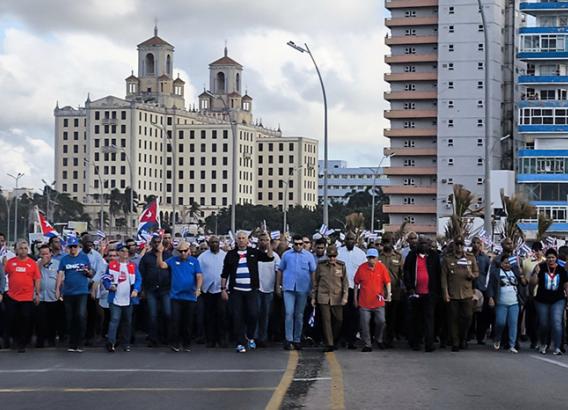
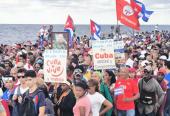

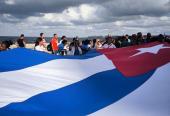
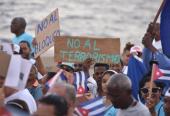
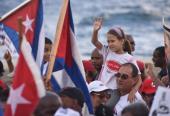



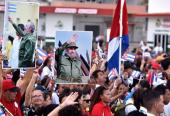

Add new comment